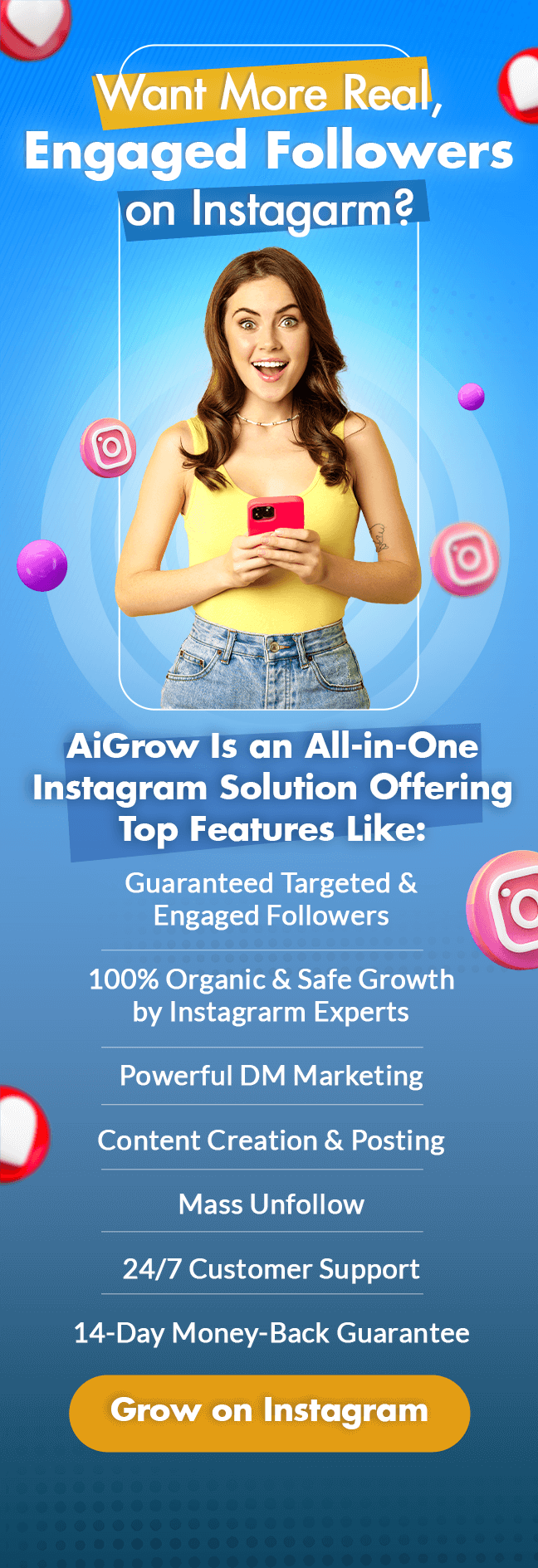Page Contents
Social media networks like Facebook, Twitter, and Instagram enable you to reach and connect directly with your target audience online. But increased competition on these platforms makes it harder than ever to stand out. You can’t just set up an account, make a few posts, and expect results the next day.
So how can you grow your following on social media? How can you raise brand awareness and drive more traffic to your website?
Keep reading to learn more.
In this post, we’ll look at the social media tactics that you must master to improve your online presence. Get these right, and you’ll be able to drive measurable results with your efforts.
Here, you are going to read about:
- 1. Platform Selection
- 2. Branding Consistency
- 3. Content Strategy
- 4. Social Engagement
- 5. Analytics Data
1. Platform Selection
There’s no shortage of social media channels that you can use to expand your reach. These platforms represent new opportunities to connect with your audience and generate sales.
While it may sound counterintuitive, it’s best to focus on only a few channels. Joining too many platforms can spread your marketing efforts thin.
Here are some tips to help you choose which platforms to focus on:
- Start with your target audience: What are their demographics? What are their interests? Getting a clear picture of your audience will help you narrow down your choices. For example, if your audience consists of younger people, networks like Snapchat and TikTok might be a better choice than Facebook and Twitter.
- Determine your marketing goals: Do you want to raise brand awareness? Do you want to generate more leads? Determining your goals is important, as some platforms are better for building brand awareness and generating conversions than others.
- Identify the content types you have: If you already have a media library, then you have a head start. Take note of the existing content that you have, and consider how you can use it on different social media platforms. For example, if you have a lot of video content, consider uploading them on channels like YouTube and Instagram.
- Research your competitors: What channels are your competitors on? Analyzing your competitors helps you get a sense of which platforms to use in your industry. If your competitors are on a certain channel, it’s a good sign that you should be too.
Unless you have sizable resources, you’ll want to focus on a handful of platforms. This will enable you to craft a more effective strategy for each network.
2. Branding Consistency
Maintaining consistent branding across your channels is key.
It helps make your brand more easily recognizable, which can set your company apart from the competition. It can even help you shape how people perceive your brand.
Pay attention to these areas:
Logos
You want to be instantly recognizable, starting from your social media pages and following through to your webpage.
That’s why you should have a consistent and clean logo that’s properly scaled for your socials. Make the logo your social media profile image, and display it on your website. If your posts go viral, you’re going to want to make sure your brand name and logo are clearly visible.
Handles
Social media handles are your usernames and often follow an @ symbol. Maintaining consistent handles across your channels will make it easier for people to find and recognize your brand.
SmartSuite, a task management tool, uses the same @hellosmartsuite handle across its channels to maintain consistency.
Here’s its Twitter page:
And its Instagram page:
Visitors on either of these pages can easily recognize the brand.
Images
Adding images is straightforward and helps your profiles stand out, remove background if necessary. There are many online background removers like the Icons8 Background Remover and Remove.Bg, Adobe Express, Removal.AI, and more can help you get rid of image backgrounds. As with your logos, use the same graphics to maintain a consistent look.
Whether you’re focusing your efforts on Facebook, Twitter, or LinkedIn, make sure that you use the correct image sizes.
Description
Write a short description that succinctly describes your company. Then use a similar description on your profiles. Visitors should know exactly what your business offers.
Voice and Tone
Of course, brand consistency goes beyond using the same colors, logos, and images. Consider creating a brand style guide that describes the tone of voice you want to convey for each platform.
Here’s an example of how Firefox describes its voice and tone:
Firefox describes its tone of voice as confident but not bossy. It also provides helpful examples for its team to follow.
Social media is essentially an extension of your brand. Maintain consistency across all your channels to improve brand recognition and help your company stand out.
3. Content Strategy
A strong social media content strategy is a must.
Blindly posting whatever you want just isn’t the best way to grow your following. In fact, 51% of consumers have unfollowed a brand on social media because of irrelevant content.
Follow these steps to develop a content strategy for your channels:
- Establish your goals: Before you write a single word, you need to first establish your goals. This will help you align each piece of content with them. For example, if you want to drive more conversions, then you’ll focus on content that moves people through your sales funnel.
- Create an editorial calendar: Having an editorial calendar is a great way to organize your content strategy and brainstorm topics that you can cover. You can also use a calendar to assign tasks to your team and set expectations.
- Publish consistently: The key to generating results with social media is to maintain a consistent publishing schedule. However, manually logging in and posting content to each of your channels can be time-consuming. Consider using marketing software to schedule your posts in advance.
- Repurpose content into different formats: People consume content differently. Some prefer reading articles, while others prefer watching videos. Repurposing will help you get the most reach out of your content. For example, you can easily turn a blog post into an infographic, a YouTube video, or even a series of Instagram Stories.
Finally, always focus on providing value to your audience. This will help your content generate more views and establish your brand as an industry expert.
Here’s an example of how Mos uses TikTok to answer common questions about student loans and other financial aid questions:
Research your target audience to identify the topics they’re interested in learning about. What questions are they asking? What kind of content are they engaging with? Use these answers to inform your content strategy.
4. Social Engagement
Social media is all about being social.
If you’re only sharing promotional content and not interacting with your audience, your social media profiles will feel completely one-sided. Keep it up, and there’s a good chance that your existing followers will unfollow your brand.
Follow these tips to increase social engagement:
- Conduct a live Q&A session: One way to increase engagement is to conduct a question-and-answer or AMA (ask me anything) session. Attendees can ask a question, and the host (you or your team) answers them. Be sure to host these sessions during optimal times and promote them ahead of time to your followers.
- Create polls and surveys: Conducting polls is an effective way to engage your audience. It’s also an easy way to generate content ideas and gain meaningful insights. For example, Starbucks asked its followers what home brewing method they’d be interested in learning about. Based on the results, Starbucks can create upcoming stories on coffee presses.
- Feature user-generated content: User-generated content (UGC) is any content that your followers create (e.g., images, videos, etc.). If your customers have shared their experience with your brand, ask if you can showcase it on your profile. Featuring UGC on your social media can lend credibility to your business and even drive more sales. 79% of people say that UGC has impacted their purchasing decision.
- Run a contest or giveaway: Running a contest or giving away something like free products is a great way to promote your business and encourage engagement. Most major platforms like Facebook, Instagram, and Twitter allow you to run a contest. However, each has specific rules that you must abide by. Make sure that you carefully read these rules before you run a contest or giveaway.
- Respond to comments: Leaving any comments unanswered can leave a negative impression on your visitors. Make sure to respond to any comments in a friendly and timely manner. Don’t just use generic responses, either. Take the time to provide a thoughtful and personal response.
Finally, increasing engagement is all about consistency. You can’t just tune into your channels one day and ignore them the next. You need to continually find ways to engage your audience to drive measurable results.
5. Analytics Data
How well are your campaigns performing? Which platform has the highest engagement? What specific posts are people engaging with?
The only way to answer these questions is to measure and track your results. Otherwise, you’ll have a hard time understanding what works and what doesn’t.
Using social media marketing tools like Buffer and Hootsuite can help you measure key metrics like shares, likes, website visits, and more. You can even uncover insights like the times you should post your content to generate the highest reach.
Use the insights that you gain to tweak your social media strategy. For example, if you discover that certain content formats generate more engagement, consider investing more in those formats. Likewise, if a platform isn’t generating a positive ROI, consider either pivoting your strategy or deleting it altogether.
Conclusion
Social media networks like Facebook and Instagram can help you reach new audiences and generate more sales. However, without a solid strategy in place, you’ll have a hard time standing out from the competition. Master the social media tactics covered here to improve your online presence and achieve your goals.






